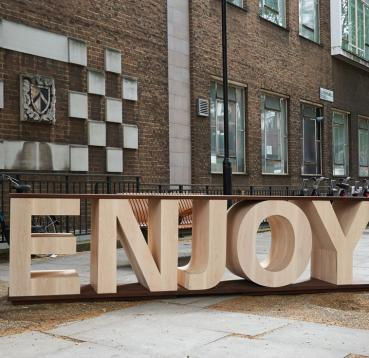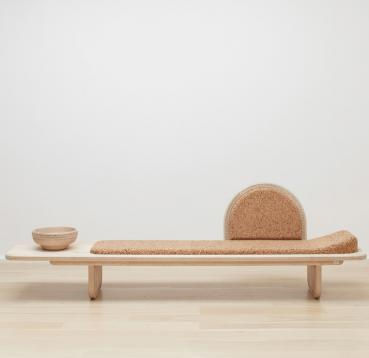-V2.png)

Soft Maple
Species Detail
The Basics
Soft maple is one of the most prolific and sustainable species, similar to hard maple but slightly softer in impact hardness.
Soft maple color varies from one region to another. The sapwood of soft maple is normally grayish white but can be darker, with pith flecks as a natural characteristic. The heartwood of soft maple varies in color from light to dark reddish brown. The difference between sap and heartwood is greater than in hard maple.
Scientific Name
Acer rubrum
Also Known As
Soft Maple, Red Maple
Avg. Board Length
Avg. Dried Weight
3.2 lbs/bdft
6’ - 16’
5” – 8”
4/4, 5/4, 6/4, 8/4, 10/4
Avg. Board Width
Common Thicknesses
Species
Overview

Where It Comes From
Growth
Distribution
Soft maples grow widely across the eastern United States in mixed hardwood forests with more red maple in the northeast and silver maple concentrated in the mid and southern states. The name can be misleading as soft maple is not technically very soft. There are a significant number of sub-species – all sold as soft maple. Several, including Pacific coast/big leaf maple (Acer macrophyllum), grow in the northwest USA, for which there are specific grading rules that apply.
FIA data shows U.S. soft maple growing stock is 1.62 billion m3, 11.1% of total U.S. hardwood growing stock. American soft maple is growing 36.4 million m3 per year while the harvest is 16.0 million m3 per year. The net volume (after harvest) is increasing 20.4 million m3 each year. U.S. soft maple growth exceeds harvest in all the main producing states.
Soft maple is widely available as sawn lumber in a range of sizes and grades, but rarely as veneer. The lumber is normally sold unselected for color. West coast production is usually sold surfaced and graded from the better side, in a departure from standard NHLA Grading Rules.
.png)
0-4K
4-8K
8-12K
12-16K
16-20K
20-24K
Volume of live trees on forest land, 1000 m³
Uses
Common
Applications
This highly sustainable, managed hardwood from natural forests of North America, with excellent environmental credentials, is considered where hardness and hardwearing properties may not be essential. It is used in furniture, cabinet making and joinery as well as doors, kitchen cabinets and for turning and mouldings.
Finishes
Finding the
Right Finish
Species Variations
Vibrance in
Variation
One of the unique variations available for Soft Maple is known as Wormy Maple. This distinctive form of soft maple features natural worm holes created by the ambrosia beetle, which add character and rustic charm to the wood. The presence of these holes creates a pattern that is highly valued for decorative projects and artisan furniture, offering a striking contrast to the otherwise smooth and even grain of standard soft maple. Wormy Maple not only embraces the natural imperfections of the wood but also highlights the beauty of its resilience and natural history, making it a popular choice for those seeking a more organic and unique appearance in their woodworking projects.
Hardwood Alternatives
Not Available
Near You?


